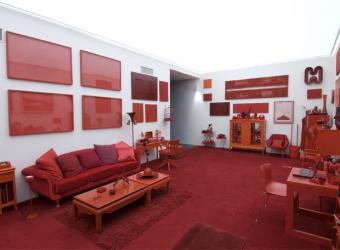There are a lot of things about the Cummer Museum of Art and Gardens that should be celebrated: its breathtaking location along the St. Johns, the spectacular oasis of green that makes up its gardens, the treasures that the museum holds, and its vibrant history and ties to the region. Having grown-up in Jacksonville, I became well aware of these virtues at a young age. From fourth grade on, it seemed that my teachers made a point to schedule yearly field trips to the Cummer. During these trips patient docents would take us through the rooms and ask all of us to describe our thoughts about the pieces. Even as young children, we’d sit in front of the canvases to learn about the symbolism, movement, and history of the works. We’d also eagerly look forward to being able to interact and play in the Art Connections area which we were convinced had been created just for us.
I didn’t know it then, but the Cummer Museum was changing the way I viewed the world and helping to establish a love for art that would last a lifetime. Looking at the work allowed me to experience history in a new way. Suddenly artists weren’t just craftsmen, they were powerful creators able to convey the feeling of a generation, restore a follower’s faith, and shape the future of a political movement.
During high school my fondness for the museum further developed. As soon as I learned about the Renaissance or Romanticism I would drive to the museum and stand a few feet away from the history that I was studying. There was something truly magical about seeing an Albrecht Durer the same day I learned about Albrecht Durer.
Those early experiences convinced me to study art history in college and have led me to continue to make memories that include the Cummer today. I have seen exhibits, attended events, watched friends wed, and even met my Love at the Cummer. Now I know the museum like the back of my hand, which is convenient when I want to impress all of the out-of-town guests that I introduce to the Cummer.





 Woman I, Willem De Kooning
Woman I, Willem De Kooning


 And yes, I can admit it, he does look a little "trippy"
And yes, I can admit it, he does look a little "trippy" 











